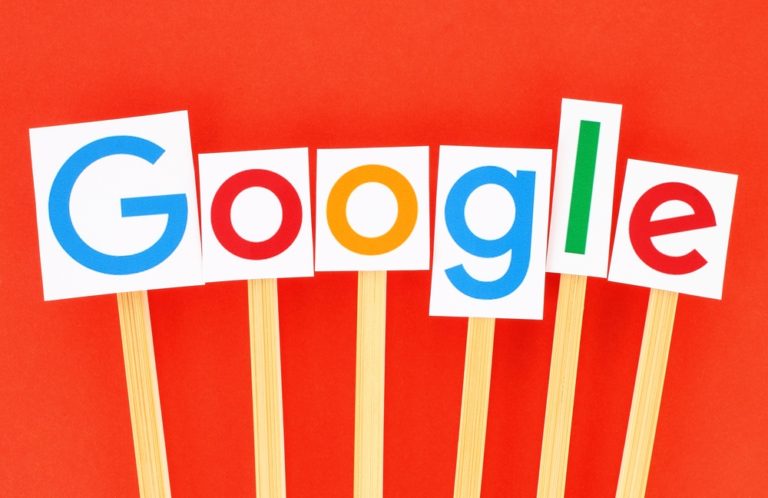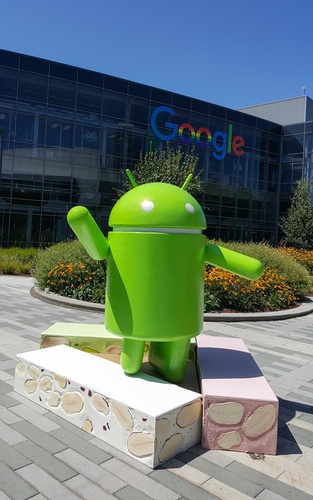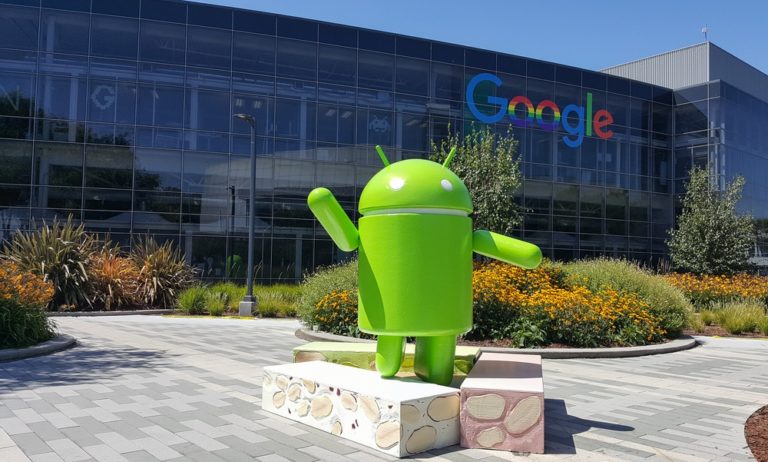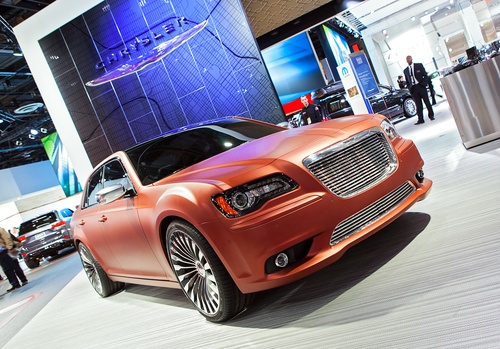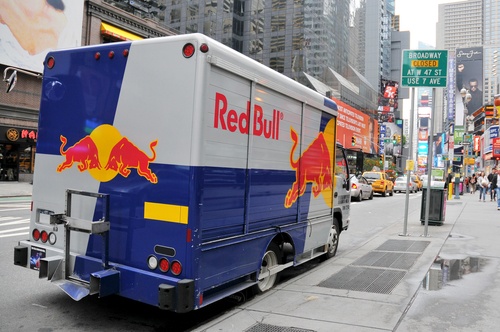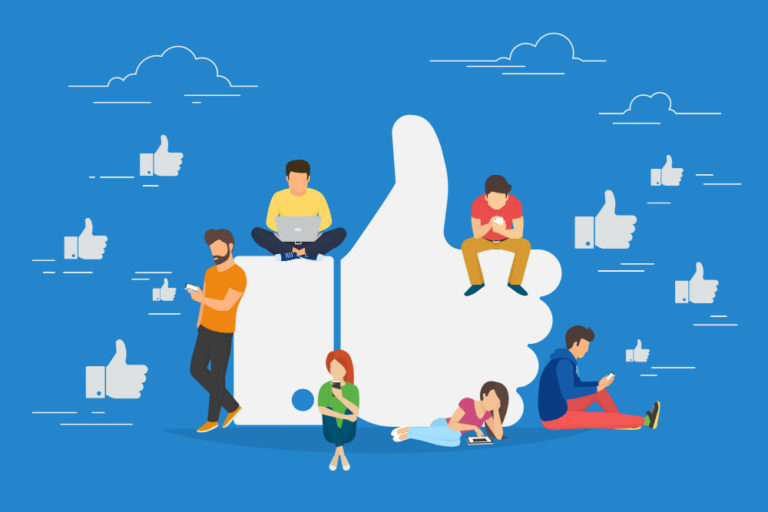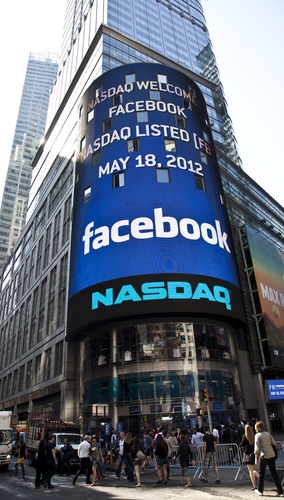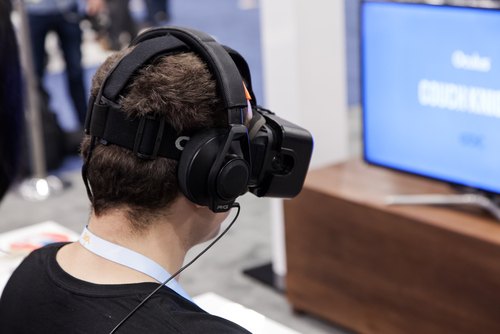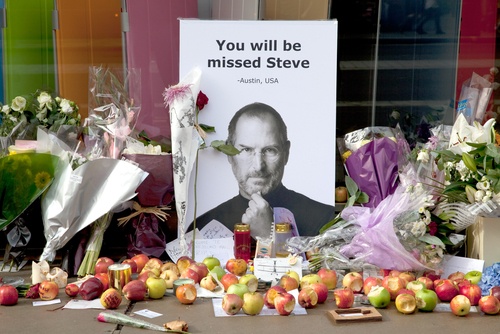Researchers have found a correlation between child development issues and obese parents.
Currently, two out of three Americans are clinically obese and researchers are examining the impact of obesity on the human body. Last week, researchers discovered a link between dopamine in the brain and obesity, which in turn impacts physical activity. Now, according to a study published by researchers from the National Institutes of Health, children of overweight mothers were more likely to have child development delays.
Published in the journal of “Pediatrics”, researchers discovered that children from obese mothers were more likely to have problems controlling movement of small muscles. In addition, children of obese fathers were also more likely to have issues with problem solving tasks.
Researchers examined over 5,000 New York State mothers. Then, researchers had the mothers fill out a questionnaire over the course of 3 years.
Scientists involved in the study found that children with obese mothers were nearly 70% more likely to have problems with their fine motor skills. In addition, 75% of children with overweight fathers had problems interacting with others. Furthermore, children with two obese parents were 300% more likely to have problem solving issues by the time they turn 3 years old.
Why is this happening? Well, researchers have not discovered why a link exists. But, the researchers explain that studies with animals suggest obesity impacts the development of the fetal brain. In addition, researchers also assert that obesity could impact genes in sperm.
The cycle of obesity
This is worrying considering, 20% of pregnant women in the United States are currently overweight or obese. Studies have shown that people are no longer going hungry but, are more likely to become obese. Not to mention, obesity can lead to several health issues including: cancer, type-2 diabetes, and stroke.
Moreover, scientists has found that children with intellectual development issues are at an increased risk for obesity. In turn, creating a vicious cycle of obesity from one generation to the next.

